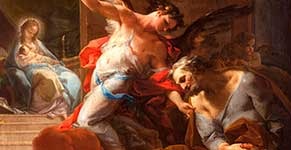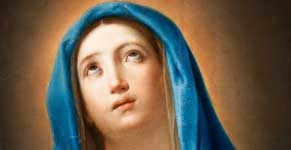Goya and his times
The times in which Goya lived and painted stretched from 1765 until the years after the Peninsular War. During much of that period, Spain was undergoing the Enlightenment, an intellectual movement that originated in France in the mid-18th century and reached its development in Spain in the waning years of the Antiguo Régimen. Starting in the 1780s, Goya was influenced by the enlightened ideas of his intellectual friends ranging from Jovellanos y Meléndez Valdés to Ceán Bermúdez y Moratín, and this spirit of ‘lights’ is seen clearly at this time in both his painting and engraving work.
Different artistic and pictorial trends, styles and sensibilities succeeded each other and co-existed during this long period, which lasted half a century. These began with late Baroque and Rococo, predominant in the first stage, until around 1780, when an academic trend emerged that took Classicist Italian models and (often contradictorily) assimilated the Classicist idealism of Mengs, a true artistic guide for enlightened academics and restless artists. This was followed by Neoclassicism, detectable in paintings during the reign of Charles IV, and ended with a budding Romanticism in which only Goya participated in the closing years of the century, when all other courtier and academic painters of the Spanish pictorial scene were trying to adapt to a Neoclassicim that had come to Spain somewhat late.
Painting by Goya at this time is represented at the museum with works by some of the most significant painters who lived and found success in it and influenced him or were his rivals in the artistic atmosphere of the Spanish Court or the Royal Academy of Fine Arts of San Fernando, from Giaquinto and Mengs to his brother-in-law and teacher Francisco Bayeu and Mariano Maella.





